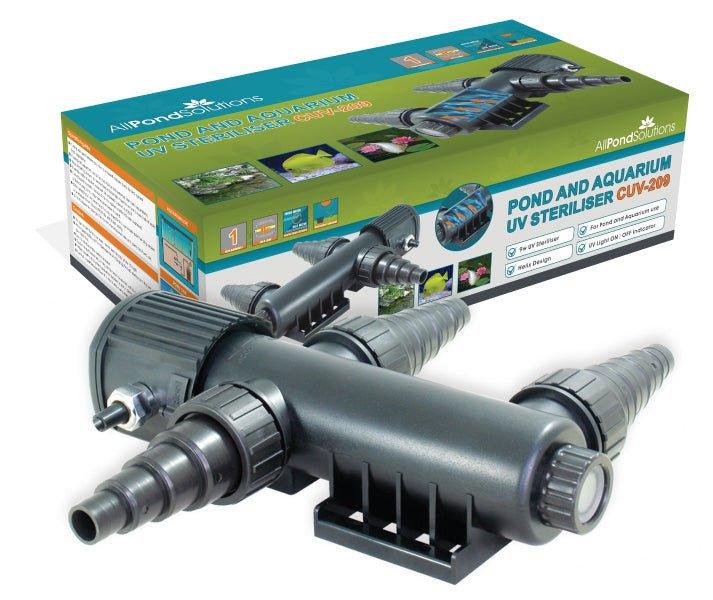Calculating the Size of Your Pond Liner
If you are building a new pond or expanding a pre-existing pond, a liner is an essential purchase to make your pond watertight. It is important to buy a high quality pond liner, and fit it correctly, in order to stop water seeping into the ground below.
Sounds simple, right? Whilst measuring your pond may seem like a straightforward task, it is common for people to run into a bit of confusion when calculating the correct size pond liner and pond underlay for their pond.
Here are some key pointers to avoid the common pitfalls when designing and building your garden pond:
Preparation is Key
Selecting a high quality, durable pond liner such as PVC or LDPE liners, is vital. However in order to provide an impermeable seal, it needs to be protected from punctures or tears from sharp objects, such as stones, in the ground beneath the liner. In order to achieve this, you can add a small layer of sand, concrete or other material on top of the soil where you plan to lay your liner. Next, we would recommend that you place some underlay to cushion the liner against the ground below and any sharp rock edges.
Measuring Your Pond
The shape of your pond is completely up to your personal preference and should not be an issue when buying pond liner. Ensure that when measuring an obscure shaped pond that you consider the maximum length, width and depth. Any excess pond liner can easily be trimmed away.
If your pond depth is sloped, average together the minimum and maximum depth measurements.
To make shopping for your pond liner stress-free, we have provided you with a formula that you can easily plug your pond dimensions into. The formula for determining pond liner size is simple:
Overlap + Depth + Width + Depth + Overlap = TOTAL
Overlap + Depth + Length + Depth + Overlap = TOTAL
The two totals will make up the liner size that you need – it is important to round -up if your totals include a decimal (a 3.3 total should be rounded to the closest half meter e.g 3.5 or 4).
Important: Overlap should always be 0.6m (2 feet). This in turn makes the formula:
Metric - 0.6 + Depth +Width + Depth + 0.6 = TOTAL
Metric - 0.6 + Depth + Length + Depth + 0.6 = TOTAL
Imperial - 2 + Depth + Width + Depth + 2 = TOTAL
Imperial - 2 + Depth + Length + Depth + 2 = TOTAL
The Importance of Overlap
Overlap is something that should always be taken into account for any pond feature. You will need the extra 0.6m (2ft.) so that the liner can be secured to the ground. If not secured, the liner will sink into the pond and expose the dirt sides when you start to fill the pond. We advise you to gently adjust the pond liner as it is being filled in order to smooth out any creases that can form in the process.
Adding water adds significant weight to the pond liner. This is why edging the pond with something heavy, like rock or pavement, is so important in order to keep your pond liner in place.
Pond Liner Calculation: An Example
To help demonstrate our measurement guide, here is an example situation. Let’s say you have a koi pond that is 1.2m long, 1.5m wide and 0.7m deep. Here is what your formula will look like:
0.6 + 0.75 + 1.5 + 0.75 + 0.6 = 4.2m
0.6 + 0.75 + 1.2 + 0.75 + 0.6 = 3.9m
Given the totals above, you will need a 4.5 x 4 or 5 x 4 pond liner and underlay.
More from:
pond
